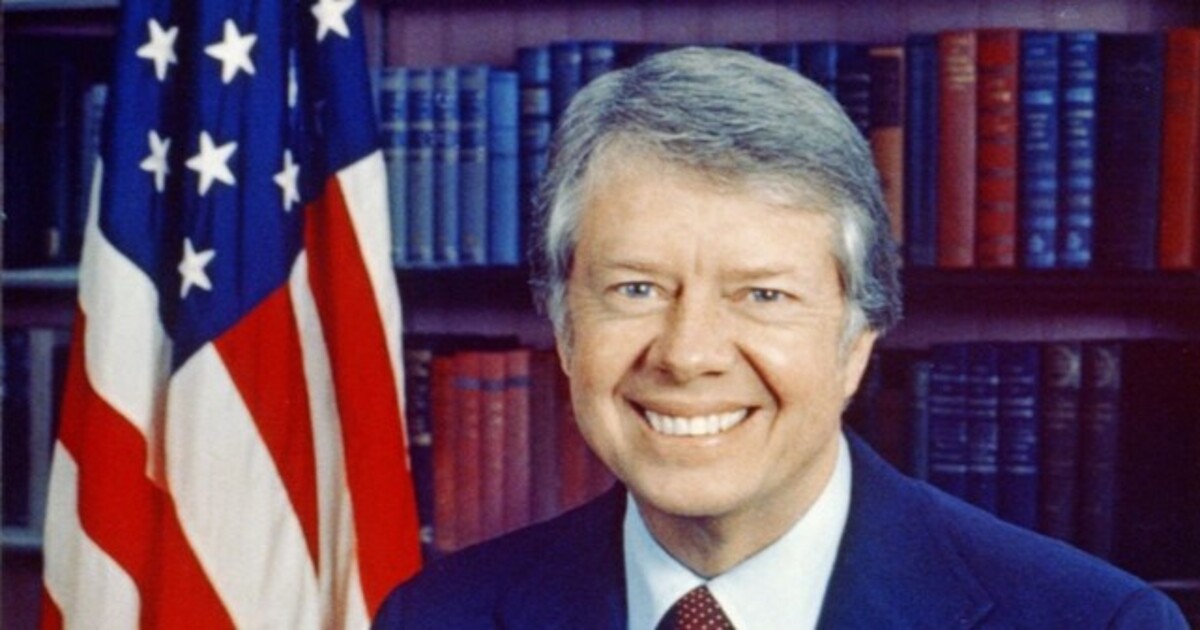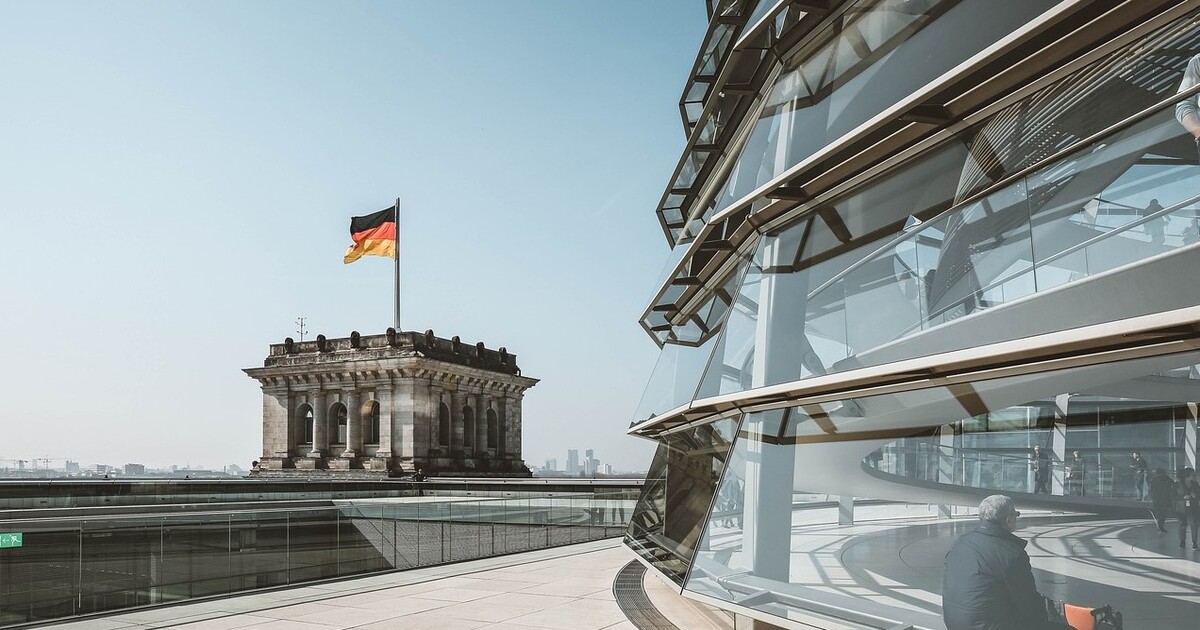Missed Opportunity, Vital Legacy: Reflecting on Jimmy Carter’s Presidency
Jimmy Carter’s legacy was impressive. In many ways, the 39th U.S. President – at the time belittled as a “country bumpkin” – was well ahead of his time.
December 30, 2024

July 15, 1979, was a historic day for the collective psyche of the United States. On that day, a sitting U.S. president dared to ask very tough questions of the American people.
He pushed his nation, albeit unsuccessfully at the time, in the direction of addressing the core issues of energy and the environment.
As Carter asked then, “Why have we not been able to get together as a nation to resolve our serious energy problem?” Is it perhaps that “too many of us now tend to worship self-indulgence and consumption”?
A greater sense of social equity
In office as well as in the many decades of playing a very active public role thereafter, Carter thus opened Americans’ eyes to the non-material dimensions of human existence and a greater sense of social equity.
That is certainly something that large swaths of today’s generation of young Americans are very keen on as they think about their nation’s future.
Not “malaise” – but realism
President Carter’s speech was subsequently labeled the “malaise” speech. “Addressing the American people realistically” might have been a more appropriate, if less catchy, label.
The issues that Jimmy Carter urged his fellow citizens to focus on back then – energy and consumption – remain largely unresolved to this very day, 45 years after.
A different sort of shift
As it turned out, the mislabeled “malaise” moment did not lead to the profound cultural shift that Carter had hoped for.
The cultural shift that did ensue was to move the country away from its previous focus on manufacturing and toward the radical financialization of the U.S. economy.
From socio-economic balance to mega-inequality
It seems like a faint memory today, but it is worth recalling that the United States around the middle of the 20th century was a nation headed clearly toward socioeconomic equity.
Instead of extending that model of broad-based prosperity, from the early 1980s the so-called “Reagan Revolution” ushered in a move in the opposite direction that only accelerated to this day.
“Shareholder value” vs. main street
Under the cloak of promoting “shareholder value,” the new focus was on the interests of a much smaller share of the population.
To be sure, being a “player” in the purchase and sale of corporations was advantageous to anybody fortunate enough already to have a sizable stock portfolio or to be a senior corporate manager, lawyer or investment banker.
The rest of the population, however, too often became mere pawns on the balance sheets of others.
The Democrats were (and are) complicit, too
It would be convenient to lay the blame for the subsequent transformation of the United States toward a more happy-go-lucky society solely at the feet of Ronald Reagan.
However, many Democratic Party operatives were very active in promoting this transformation, often making out like bandits themselves over the decades.
It is a telltale sign that the Washington, D.C. metropolitan area – where very few industrial goods are produced – now has one of the highest average income levels in the United States. It is a city that produces mostly influence-peddling and lives very well on this basis.
Reversing Robin Hood
And yet, providing well-to-do people with unfettered access to even more financial wealth is definitely not what the United States needed to make it stronger.
In retrospect, a crown witness and erstwhile key advocate of the “Reagan Revolution,” Reagan’s then-budget czar, David A. Stockman, in later years argued quite disarmingly and compellingly that this strategy resulted in a “reverse Robin Hood outcome.”
Still grappling with Carter’s questions
Whatever one thinks of his presidency, Jimmy Carter did ask the right questions back in 1979.
There is no better evidence of the relevance of Jimmy Carter’s legacy than to realize that four-and-a-half decades later, the United States is still grappling with the very questions the 39th U.S. President put squarely before the nation – energy and consumption.
Globalizing his lens
What was especially impressive in Jimmy Carter’s public life post-Oval Office was how much he globalized his lens.
He was tireless in pointing out that the purpose of managing the economy is not for the rich to be made richer. In a market economy or not, the rich will always take care of themselves, as their boat is always the first to rise.
It is the fortunes of the rest that determine the health of any nation’s future. That is the message Jimmy Carter continued to preach – and live – every day of close to four-and-a-half decades out of the White House.
Takeaways
July 15, 1979, was a historic day for the collective psyche of the U.S. On that day, a sitting U.S. president dared to ask very tough questions of the American people.
Carter asked, “Why have we not been able to get together as a nation to resolve our serious energy problem?” Is it perhaps that “too many of us now tend to worship self-indulgence and consumption”?
Carter opened Americans’ eyes to the non-material dimensions of human existence and a greater sense of social equity. That is certainly something that large swaths of today’s generation of young Americans are very keen on.
President Carter’s speech was subsequently labeled the “malaise” speech. “Addressing the American people realistically” might have been a more appropriate, if less catchy, label.
There is no better evidence of the relevance of Jimmy Carter’s legacy than to realize that four-and-a-half decades later, the U.S. is still grappling with the very questions the 39th U.S. President put squarely before the nation – energy and consumption.
Carter was tireless in pointing out that the purpose of managing the economy is not for the rich to be made richer. It is the fortunes of the rest that determine the health of any nation’s future.

